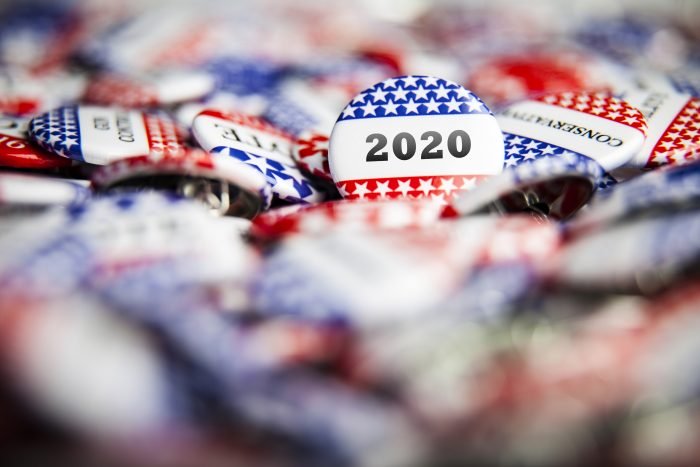
With the next big election now less than a year away, politics are ramping up into full swing. But, is hiring bias related to candidates’ political views also making its way into the recruitment process?
Political leanings may become more than just an office annoyance to some, as some managers tend to hire people of similar ideology, and doing so could create a hiring bias, writes TechTarget’s Patrick Thibodeau.
Thibodeau points to findings from two recent surveys on workplace diversity that may paint a better picture on attitudes toward politics, as political discourse becomes more heated.
For hiring managers, a key question is whether or not a new hire would fit into a team whose members hold different political opinions. Job candidates may face hiring bias because of political ideology, which could potentially be widespread due to the increased political polarization in the U.S., says Andrew Johnson, assistant professor of management in the College of Business at Texas A&M University in Corpus Christi.
“It is becoming more common to learn and make inferences about an applicant’s political ideology, particularly given information sources such as social media,” Johnson says. It’s easy to separate those perceived as “different,” he adds.
A dovetailing survey from Robert Half International surveyed about 1,000 workers, and 66% of respondents agreed that political discussions in the office are more common today than in recent years. Further, only 22% of the respondents felt the conversations were appropriate.
Political views can be so polarizing that they can create a level of discomfort at work and lead to conflicts, says David Lewis, president and CEO of Operations Inc., an HR consulting firm in Norwalk, Conn. This includes employees who won’t express themselves because of fears that people will be critical of them. “That’s really having an adverse impact on company culture as well,” he adds.
While employers are well aware of the internal conversations and can take action to mitigate any conflicts that may arise, some might look to technology to help employees engage and share common interests and hobbies, such as politics, using collaboration tools like Slack or Microsoft Teams.
Creating channels for discussion is an excellent process, adds Steven Cates, a graduate HR professor at Purdue University Global. Such a system creates “constant engagement with employees” for HR, he says, which could avoid confrontation later on. He also sees it as a more reliable way to gauge employee attitudes than using once-a-year—or less—engagement surveys.
To read the complete story, click here.
Editor’s note: This story is part of a content-exchange relationship between TechTarget and Human Resource Executive®, which produces the HR Technology Conference.


Recent Comments